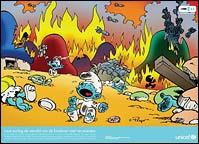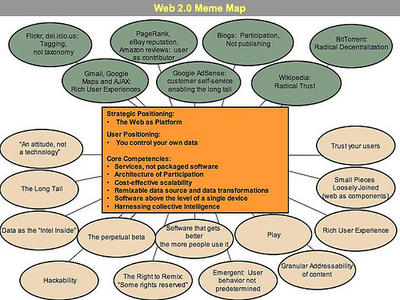Well, he's more qualified than Miers

...and a potted plant... or the Tooth Fairy, but as far as fucked up conservative ideology goes, well, he's right on the money.
First things first: Alito was born on April fool's day (1950). I'm still waiting for the punch line.
He did his undergrad at Princeton and got his law degree from Yale, (Which should make Bushie's daddy happy), then he did some career building type things, like a clerkship and a four year stint as a bull-dog federal prosecutor for New Jersey. After that he held some position with the Office of the Solicitor General, (whatever the hell that is) where he worked for four years to help decide what position the Reagan administration would take in cases up for review by the Supreme Court.
He then worked for three years as a deputy assistant attorney general. In 1987, Alito was appointed U.S. Attorney for the District of New Jersey, until he was asked by Bush I. to join the 3rd Circuit.
The publicans dig this guy because he has voted consistently conservative on all the hot-button issues.
People are calling him "Scalito" (Little Scalia) because when asked of his judicial philosophy, he appears to adopt a WWJSD? (what would Justice Scalia do?) approach.
I want to make a bumper sticker that says "Scalia is Scary". But no one would get it, so I won't.
Anyway, this Scalito guy wouldn't mind setting our country back about 50 years as far as women's rights go.
Alito doesn't like abortion much, for any reason. He was the only justice who dissented in Planned Parenthood v. Casey, in which the 3rd circuit struck down a Pennsylvania law requiring women to notify their husbands prior to getting an abortion.
Alito argued that the law should have been upheld, saying that "the Pennsylvania Legislature could have rationally believed that some married women are initially inclined to obtain an abortion without their husbands' knowledge because of perceived problems -- such as economic constraints, future plans or the husbands' previously expressed opposition -- that may be obviated by discussion prior to the abortion."
Alito seems most comfortable as a dissenter. In nearly every 3rd Circuit case from Casey to Sheridan, a case involving gender discrimination, Alito has always maintained the conservative voice of dissent in the face of his more liberal counterparts.
Needless to say, we liberals aren't happy, but what else did we expect? A harry pitted, saggy breasted, justice with a NOW membership card? Maybe in 50 years or so.
alito










